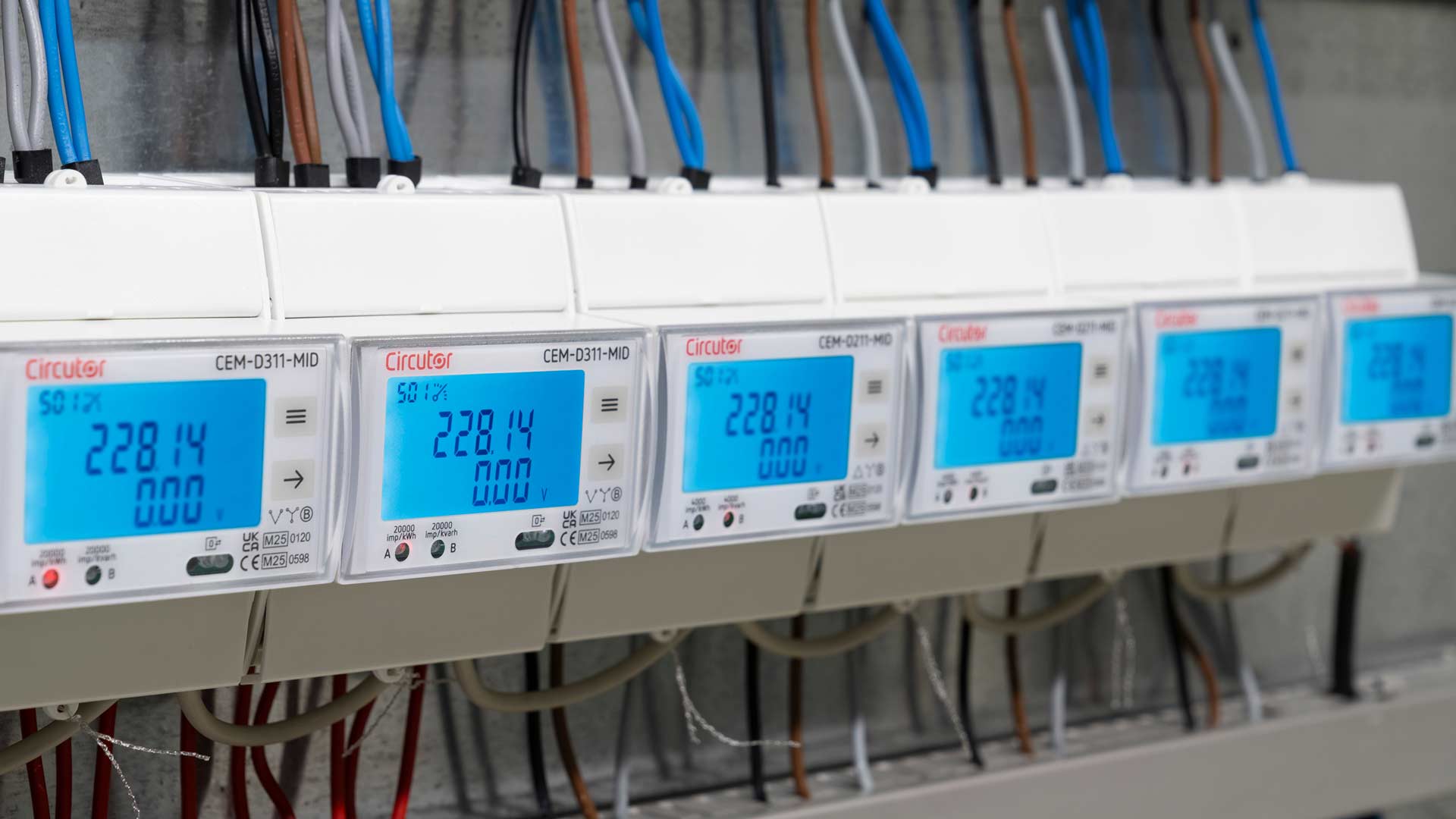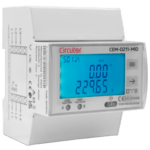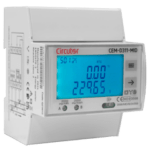
CEM meters are electrical measuring devices designed to accurately record energy consumption, both active and reactive, in different types of installations. Their main purpose is to enable efficient management of electricity consumption, making it easier to control costs, allocate expenses, and detect usage patterns. This information is essential for implementing energy efficiency strategies and optimizing resource use in residential, commercial, and industrial facilities.
The models in the CEM range are specially designed to meet regulatory requirements for rebilling and energy certification, and can be easily integrated into control systems such as SCADA or BMS.
CEM meters provide detailed data on the energy performance of an installation. This real-time monitoring offers a clear view of consumption by areas, production lines, or specific loads, making it easier to make informed decisions.
Thanks to their advanced functions, CEM meters allow automated consumption readings, automatic invoice generation by connecting them to PowerStudio Scada software or status management via digital inputs. This automation reduces human errors and improves operational efficiency.
CEM meters are suitable for a wide range of environments:
Their versatility makes them a key tool for any installation requiring efficient and transparent energy management.

CEM-D200
Direct connection up to 100 A
This model CEM-D200 is designed for three-phase installations where the use of current transformers is not necessary. Its direct connection allows for quick and easy installation in electrical panels with DIN rails.

CEM-D300
For use with current transformers
Designed for installations with high electrical loads, the CEM-D300 model connects via …/5 A or …/1 A current transformers, making it ideal for industrial environments or high-consumption facilities.
Both models are certified to guarantee the accuracy and reliability of the data.
CEM meters comply with the most stringent energy metering regulations:

MID certification (EN 50470)
Mandatory for energy rebilling within the European Union.

IEC certification (IEC 62053-21/23)
Applicable to installations outside the EU or for private use.
These certifications ensure that the data recorded is valid for legal processes, audits, or energy certifications.
Dual tariff
system
Can differentiate between consumption from the electricity grid and from auxiliary sources (such as generators or UPS systems), enabling more detailed analysis of the origin of consumption.
Digital input
management
The digital inputs make it possible to record pulses from other meters (water, gas, heat) and to control device states or integrate external sensors.
Modbus RTU and M-Bus communication
Thanks to their standard communication protocols, the meters can be easily integrated into SCADA or BMS platforms, enabling centralized monitoring and control.
Their DIN rail mounting facilitates installation in existing electrical panels. They can be used in:
Thanks to their compact and modular design, they adapt to virtually any electrical environment.
CEM meters are designed for easy integration into energy management systems:
SCADA (Supervisory Control And Data
Acquisition)
Real-time monitoring of complex installations.
BMS (Building Management
System)
Centralized control of energy, HVAC, security, and other systems.
This provides a unified view of energy consumption and makes it possible to implement large-scale efficiency strategies.
The data recorded by CEM meters let you:
This information is key to justifying efficiency investments and applying for public incentives or subsidies.

WRITTEN BY CIRCUTOR